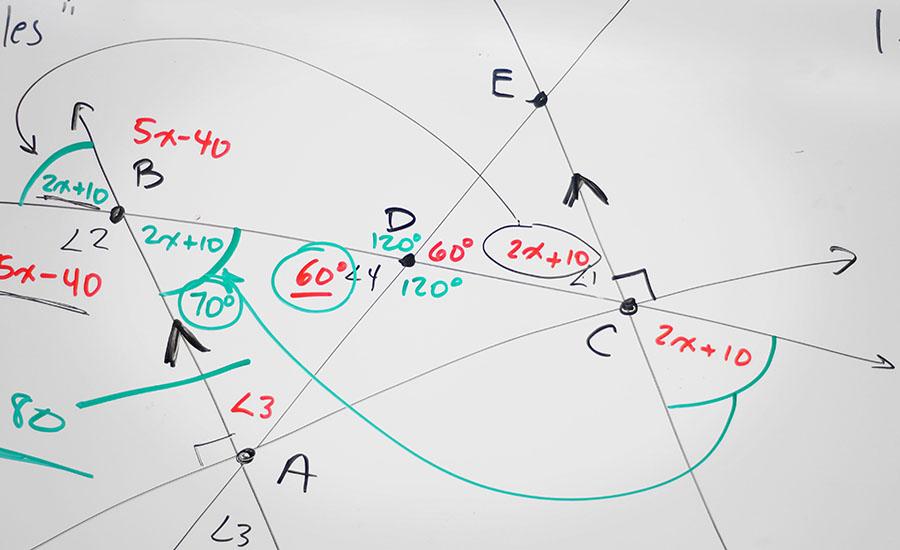Students are challenged to complete a Ziggurat temple with a working marble run attached. It is a challenge for students to construct the longest working marble run.
Integrating the Arts into Earth and Space is a culminating or review activity for 5th grade. This lesson is comprised of five engaging activities for students to complete: Collaborative Storytelling
Students will use SEEK or other species identification tools to create a database of biodiversity on campus. The lesson starts with a discussion of the importance of biodiversity to the functioning of
This lesson plan focuses on the following standards : HS.P3U2.7 Use mathematics and computational thinking to explain how Newton’s laws are used in engineering and technologies to create products to
This lesson plan will focus on different fun and engaging activities pertaining to one of the most complicated standards in physics, which is projectile motion. At the end of this lesson students are
This lesson plan is designed for students to investigate the relationship between force, mass, and acceleration. The lesson starts with a phenomena video and hypothesis question. It is followed by a
This last lesson is part of 4-lesson unit on soldering in the world of engineering! This fourth lesson allows students to reflect upon what they have learned in this mini unit and create something to
In this lesson students will use simulations to collect data about changes in specific traits of a population over time. Students will then use the data create graphical models to explain natural
Students explore the world of the lesser long-nosed bat through a self-paced hyperdoc. This unassuming bat is responsible for pollinating some the most magnificent desert cacti. It faced extinction in
The lesson introduces Boolean operations as a tool for searching and then relates the effect of the Boolean operator to the similar effect in Boolean logic as a means to introduce Boolean logic and
A lower elementary (Kindergarten through 4th grade) lesson plan to explore what the robot can and can not do, to program the robot to complete a task, and to collaboratively work as a team to complete
Featured Lesson Plans
Check out these notable lesson plans.

Students use Google Earth Timelapse to observe changes to glaciers over time before completing an investigation on the effects of melting sea ice and land ice on global sea level rise. This

This is the second lesson plan that goes with the series of four lesson plans for the book Song for a Whale by Lynne Kelly. This lesson focuses on vibrations, sounds, and music. The final project is

SNOW
This lesson includes literacy, math, and art about snowflakes. Within math, students will dive into an analysis of angles within a common snowflake. Students will listen to an informational text about


